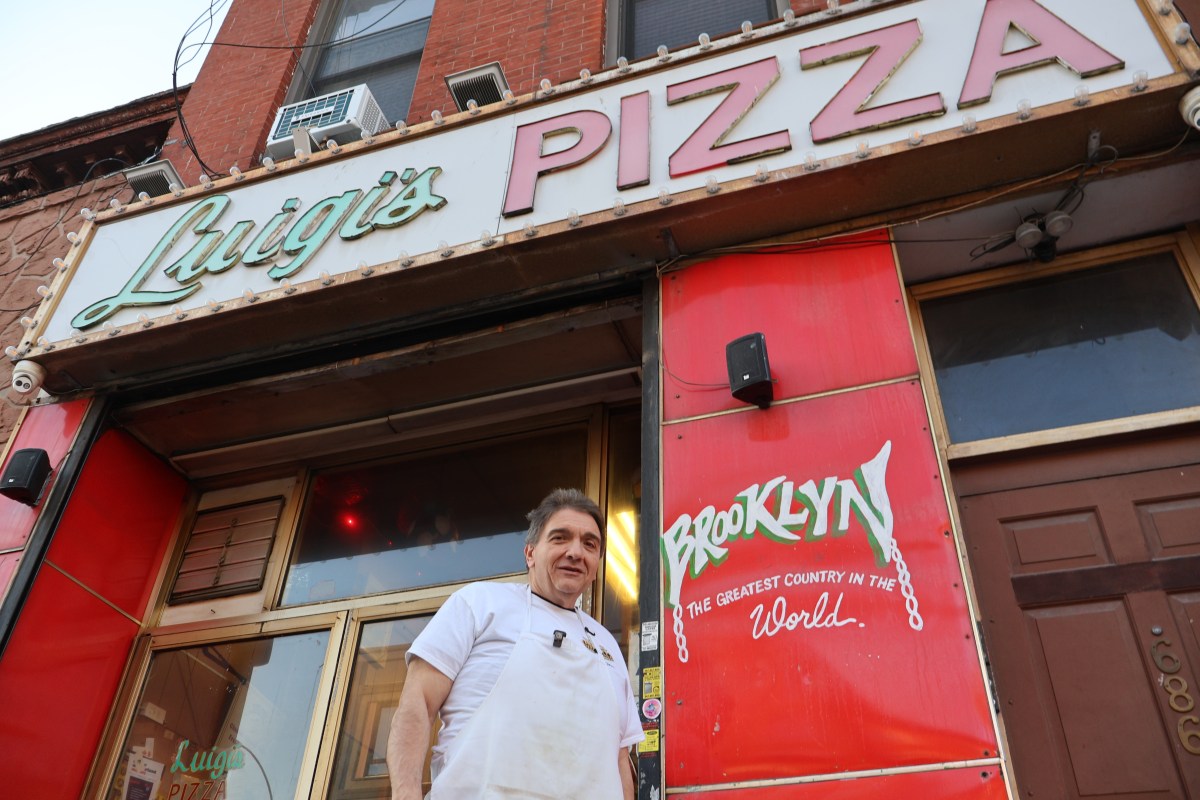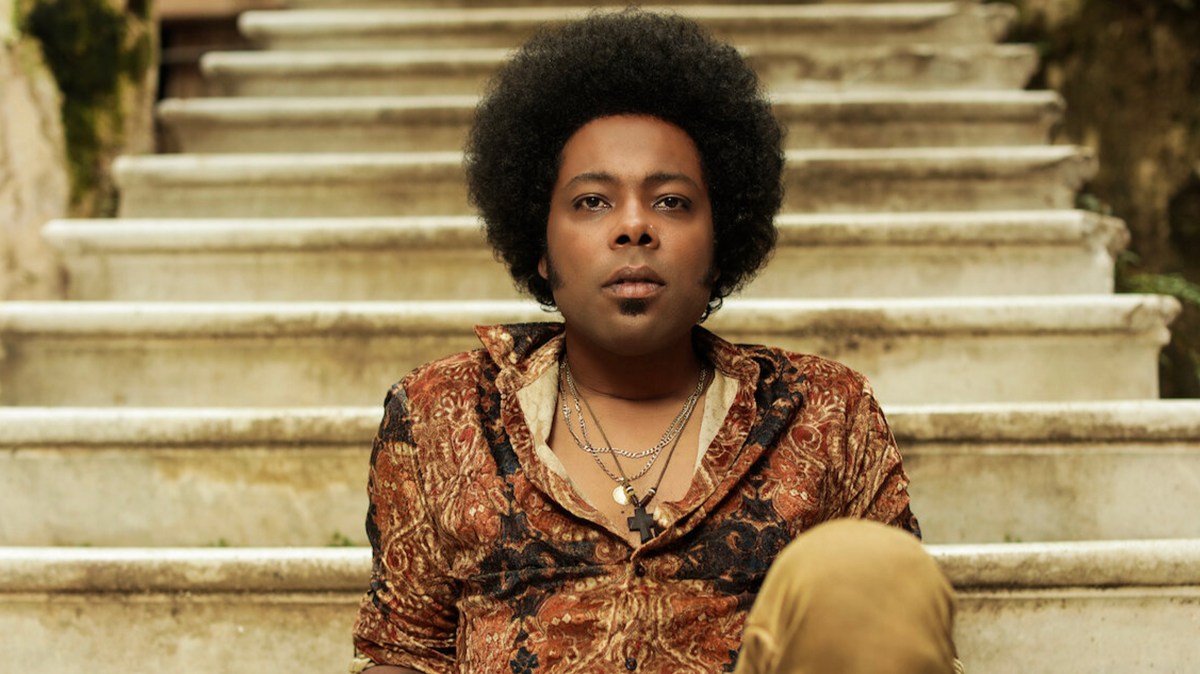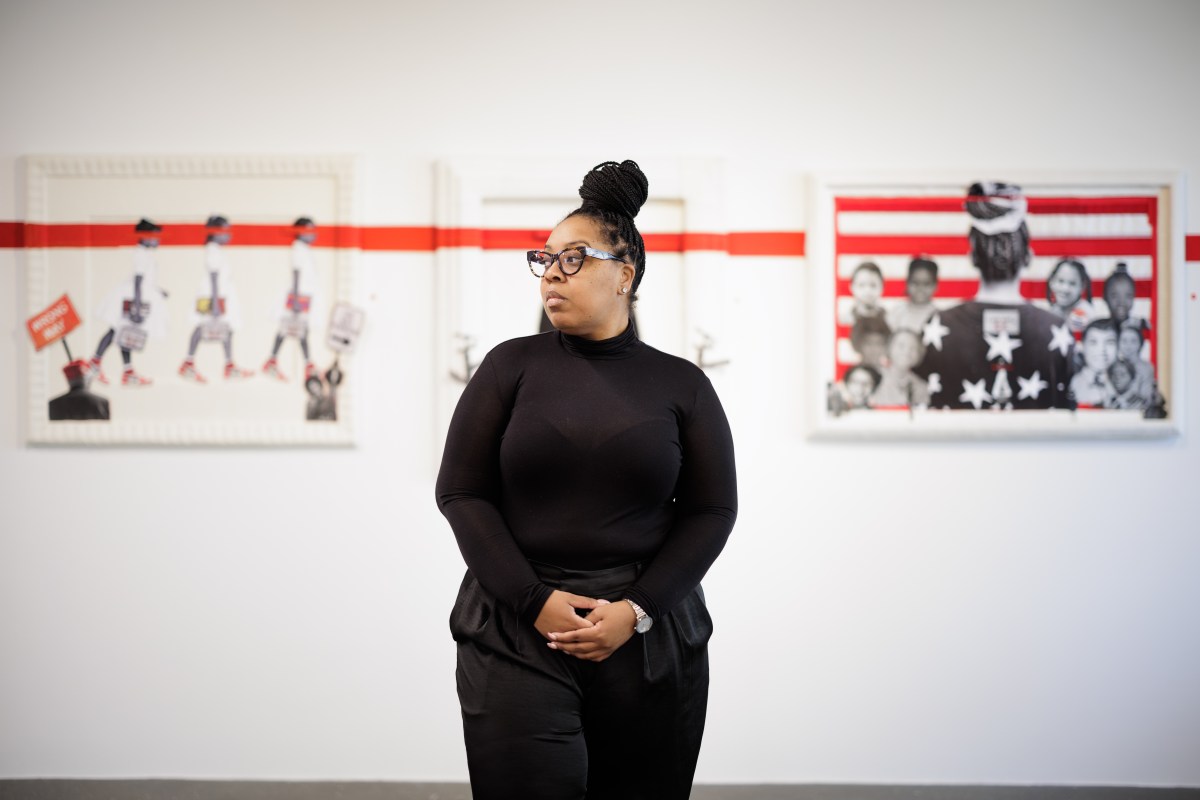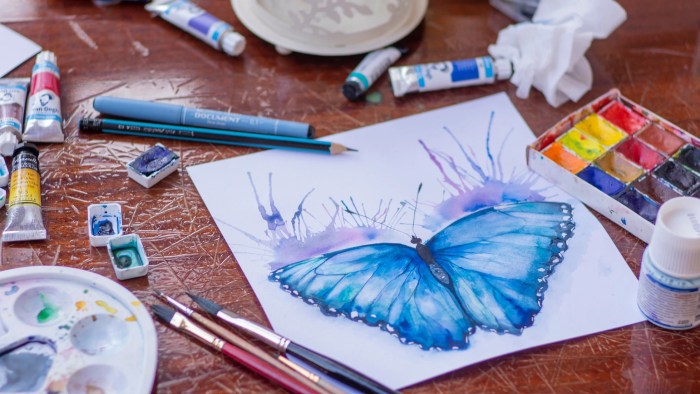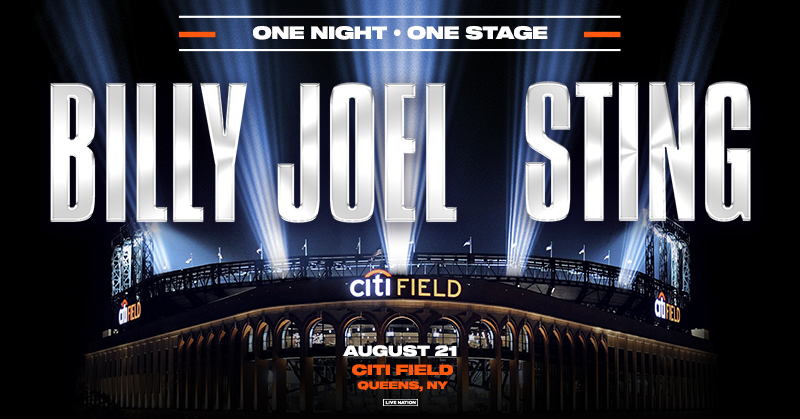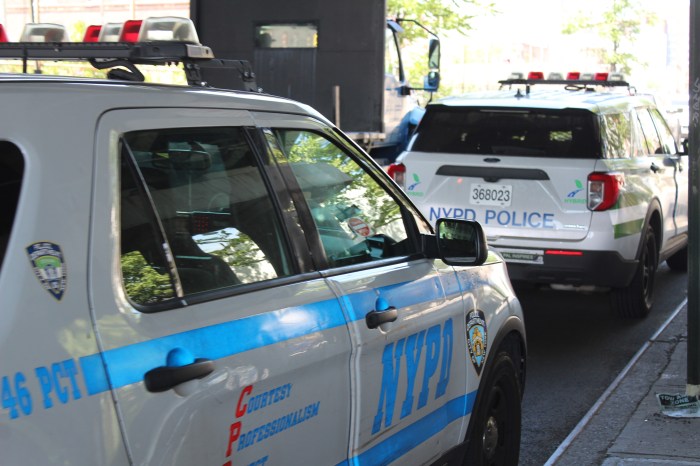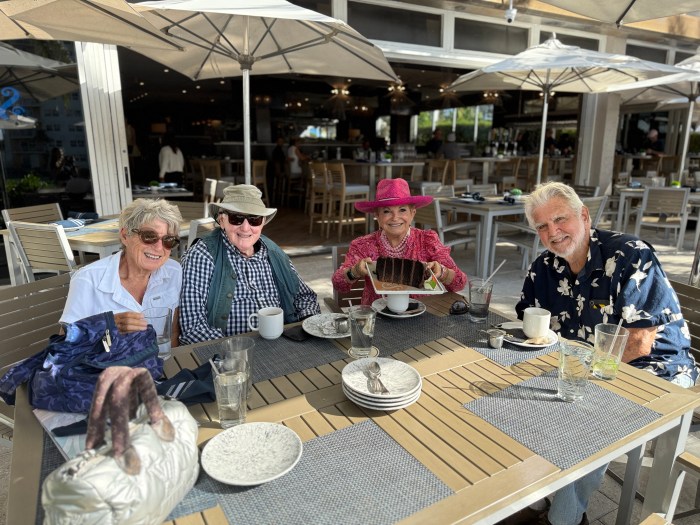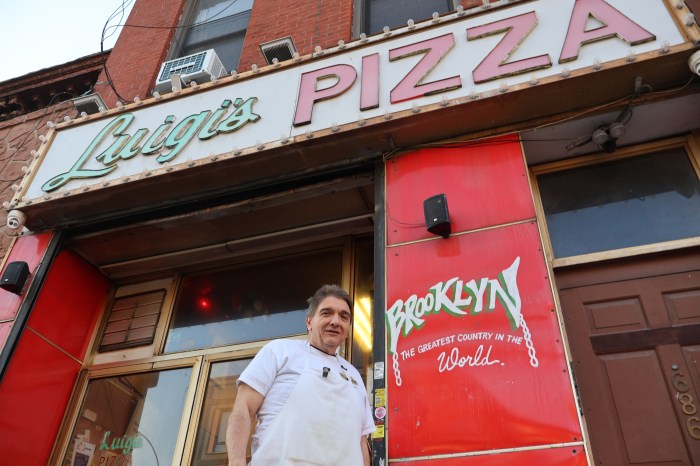COIL Fest springs, as PS122 stretches its muscles
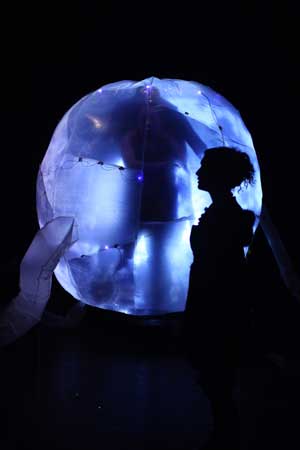
BY SCOTT STIFFLER | Cast out of necessity in the role of a nomad determined to use his tribe’s time in exile to refine their mission and expand their territory, Performance Space 122 Artistic Director Vallejo Gantner’s vision for the future would be fully funded if potent metaphors had cash value.
Consider this one a down payment: Tightly wound with thematically kindred works of dance and theater, PS122’s multi-borough COIL Festival is set to spring. That, and opportunities presented by displacement, were the topics of our recent phone conversation with Gantner — whose signal remained strong as his cab entered a tunnel midway through the story of how 18 months spent rejuvenating the 150 First Ave. facade was a mere prelude to 24 more months of “meat and potatoes” work (beginning in February 2013) which will revitalize the venerable not-for-profit arts center’s interior.
Meantime, the once and future home of PS122 isn’t entirely dormant. Its second floor space has gone from a functioning theater to a site-specific COIL venue. “There’s no seating,” explains Gantner, “so the audience is standing, and the performance happens amidst them. Hence the title.”
The second installment of Czech-born, New York-based choreographer Pavel Zuštiak’s four-hour “The Painted Bird” trilogy, “Amidst” recalls the boundary-shattering experience of Part I (“Bastard”) — where dancers planted throughout the audience unexpectedly swarmed the stage.
Furthering that notion of observer as participant, “Amidst” uses PS122’s gutted theater to encourage audience members to “move freely amidst a sensory immersive installation at the intersection of dance performance, visual art and live music” that (metaphor alert!) “focuses on nostalgia as a place of entrapment on a journey home.”
With the return to First Ave. at least two years away, Gantner is firmly entrenched in the task of cultivating a more evolved aesthetic that should be in full effect when the staff, crew and artists return to their East Village home.
“We’ve been planning on being out of the building for a long time,” says Gantner, “so we created seasons that really thought about what it meant to not have a historical home. We realized this was a huge opportunity to find new audiences in other boroughs and in other parts of the world. So we’re creating a touring program internationally and reconceiving how we operate as a presenter of live performance. What does it mean to be a commissioner? What does it mean to present and produce? We need to be asking bigger questions, to really be engaged with audiences in different and innovative ways.”
And with that, Gantner lets go with his closer — which, if achieved across the board and with season-to-season consistency, will go a long way in addressing the fatal flaw that keeps so many Downtown endeavors from making the great leap from brilliant premise to skilled execution.
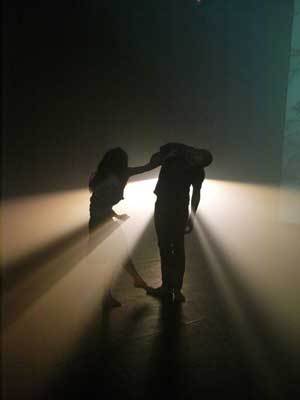
“It can’t be half-baked,” he says of both production values and general preparedness. “We see this in a lot of work. It doesn’t have the time and capacity to finish itself. You can’t have a job and rehearse at night and on the weekend. Audiences aren’t served by that, because they’re not getting work that’s fully realized.”
Artists, Gantner asserts, “need to be given economic and production tools. They need to be focused and obsessively making the work. They do not need to spend six hours a day hunting down free studio space. The whole Downtown experimental avant-garde; that sector is predicated on artists who work for free, who do not earn a living from their work. But the performing arts are valuable. They’re important and critical to the economy of New York. And at a certain point, we need to engage that, to make it sustainable.”
To facilitate that, he notes, “We decided to pay people properly, everybody in the room who’s engaged in the show. So we’re putting a lot more money than we used to into projects.”
Three times, more, estimates Gantner, who says they’ve hired two creative producers “dedicated to making sure that every piece is realized to the fullest possible extent. That means finding co-producers and grants. That means making sure the way marketing talks about a show is actually what the show is.”
As it applies to COIL, at least, PS122 seems to have nailed that last one. Asked if he set out to stack the festival with a specific point of view, Gantner maintains that any similarities to be found within the six dance and five theater works were happy accidents — but when pressed, he does cop to certain intriguing themes that emerge through even the most cursory glance at COIL’s press release.
“It’s just the vibe at the moment,” observes Gantner of works that use iconic characters as a means to contemplate notions of self. “Maybe there’s something about the way we have virtual lives,” he offers. It seems like a reasonable (if only partial) explanation for why Brian Rogers’ drunken live performance of “Hot Box” invokes the physical trials actors underwent in making “Apocalypse Now,” or how Radiohole’s “Inflatable Frankenstein!” mashes the monster’s fictional creator and author Mary Shelley — whose imagination conjured both the mad scientist and his reanimated Id. And then there’s Kristen Kosmas’ “There There” — in which an ill-prepared female proofreader subs for an injured Christopher Walken after his mysterious fall from a ladder while touring Russia in a solo show inspired by sociopath Vassily Vasilyevich Solyony from Chekhov’s “Three Sisters.”
The abundance of doppelgangers in COIL, says Gantner, could be a reflection of how “We’re kind of self-creating,” by invoking identities forged remotely through social media. “We’re branding ourselves. We see that in Tina Satter’s piece.”
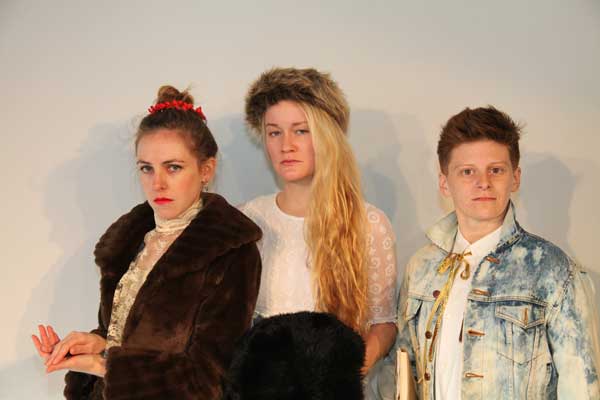
In “Seagull (Thinking of you),” writer and director Satter uses various translations of Chekhov’s 1895 work “The Seagull” as well as the playwright’s own letters to ponder what makes us human. Adding another layer of complexity, Satter has cast her “Seagull” with performers who are “oddly resonant counterpoints and matches” to the Chekhov characters.
On the other end of the spectrum, 68-year-old actor, producer and playwright Peggy Shaw’s “Ruff” addresses the aftermath of her 2011 stroke by confronting, says Gantner, “the absences that are created by the loss of self, and having to reinvent one’s self and re-find one’s memories, friends and history.”
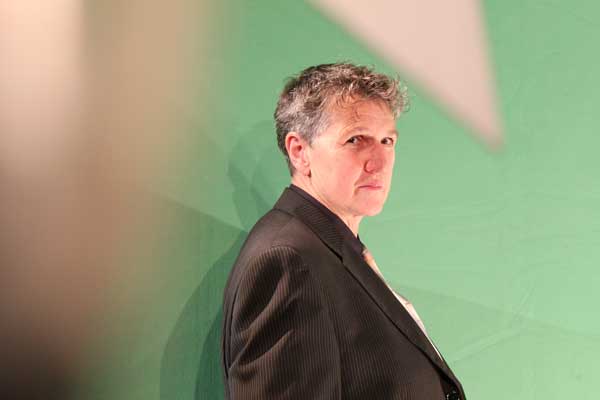
Shaw’s fractured narrative quest to retrieve the eccentric personas that have lived inside her for decades while filling that post-stroke “blank space with new insights” fits nicely with the Gantner’s commitment to art that asks questions for the sake of evolution rather than endgame answers. “These works,” Gantner says, “exist in a space that’s idea-driven. I think are accessible and meaningful, but they don’t need to be literal. It gives the power of creation back to the audience.”
THEATER
PERFORMANCE SPACE 122’S 2013 COIL FESTIVAL
January 3-19
At various venues in multiple boroughs
Single ticket prices vary, ticket packages available
For tickets, ps122.org or
Call 212-352-3101



